How to Design and Print Your Own Journal?
 Jun 06,2025
Jun 06,2025

 SESE
SESE
How to Design and Print Your Own Journal?
Creating a personalized journal is a meaningful way to express your creativity, promote your brand, or share a vision with your audience. Whether you're designing a daily planner, gratitude log, travel diary, or goal tracker, custom printing allows you to bring your unique idea to life. Here's a step-by-step guide to help you design and print your own journal.
1. Define the Purpose and Style of Your Journal
Before diving into the design process, it's important to clearly define the purpose of your journal. Ask yourself: What is this journal meant to do? Who is it for? Common types of journals include:
-
Daily planners – for time management and scheduling
-
Gratitude journals – to encourage mindfulness and reflection
-
Wellness or fitness trackers – to support personal health goals
-
Travel diaries – for documenting adventures
-
Business planners – to organize meetings, goals, and strategies
-
Creative journals – for drawing, poetry, or brainstorming
Once the purpose is clear, think about the style and tone that best fits. Should it be elegant and minimal, bright and fun, or rustic and vintage? This will guide your choice of fonts, color palette, layout, and even materials used for the cover and binding.
For example, a journal targeting young creatives might use bold colors, playful typography, and a spiral-bound format. A professional business planner, on the other hand, may call for a sleek black hardcover with clean, structured layouts.
2. Choose the Journal Specifications
With your journal’s purpose and style defined, the next step is to select the physical specifications. These technical details shape the look, feel, usability, and cost of your final product. Consider the following key elements:
● Size
Select a size that fits your target audience’s needs. Common journal sizes include:
-
A5 (5.8" x 8.3") – Portable and popular for planners and personal journals
-
B5 (6.9" x 9.8") – Slightly larger, offering more writing space
-
Custom sizes – Tailor dimensions to suit your brand or functionality
● Binding Type
The binding affects durability, appearance, and ease of use:
|
|
|
|
|
Perfect Binding |
Spiral Binding |
Case Binding |
Wire-O Binding |
-
Perfect binding – Clean, professional spine (ideal for softcover journals)
-
Spiral binding – Lays flat when open, great for writing and sketching
-
Case binding (hardcover) – Strong and elegant, perfect for premium journals
-
Wire-O binding – Durable and flexible, commonly used in planners
● Cover Options
Your cover is the first thing people notice. Choose from:
|
|
|
|
|
Softcover |
Hardcover |
Linen Cover |
Leatherette Cover |
|
|
|
|
|
Gold Foil Stamping |
Debossing |
Matte Lamination |
Gloss Lamination |
-
Softcover – Lightweight and flexible
-
Hardcover – Sturdy and long-lasting
-
Linen or leatherette covers – For a premium tactile finish
-
Special finishes – Foil stamping, embossing, spot UV, or matte/gloss lamination
● Paper Type
The quality and feel of the pages inside matter. Consider:
-
White or cream paper – Ideal for writing and readability
-
Recycled paper – A sustainable option
-
Thicker GSM (e.g., 100–120gsm) – Prevents ink bleeding and ghosting
-
Colored or textured paper – For artistic or niche designs
● Interior Layout
Choose a page style that supports your journal’s function:
-
Lined pages – For writing-focused journals
-
Dotted or grid pages – Great for bullet journaling or sketches
-
Blank pages – For artists and creatives
-
Custom templates – Such as mood trackers, calendars, prompts, or charts
These specifications should align with your design vision and user needs. Finalizing them early will make the design and printing process much smoother.
3. Design the Interior and Cover
Once you've finalized the specifications, it’s time to bring your vision to life through design. Both the interior layout and cover artwork must be created according to your journal’s purpose and selected specs.
● Interior Design
Design your pages with functionality and aesthetics in mind. Whether you’re creating lined pages, habit trackers, calendars, prompts, or creative space, make sure the layout is clean and user-friendly. Use professional design software such as:
-
Adobe InDesign – Best for typesetting and multi-page layouts
-
Adobe Illustrator – Great for custom illustrations or decorative elements
-
Canva or Affinity Publisher – Accessible tools for beginners
Ensure your file includes:
-
Correct dimensions with bleed (typically 3mm or 0.125")
-
Proper margins and spacing for binding
-
High-resolution graphics (300 DPI)
-
CMYK color mode for print compatibility
● Cover Design
The cover is what attracts attention and represents your journal’s identity. Design the front, spine, and back (if applicable), keeping in mind any finishes like foil stamping, embossing, or laminating. Be sure to account for:
-
Spine width, based on your page count and paper type
-
Bleed and trim lines, so no important elements are cut off
-
Readable fonts and a clear title (if used)
Important Note: Sese Printing does not provide design file services. If you're unsure how to prepare them, our team can provide clear guidelines and templates based on your selected specs.
● File Formats
-
Accepted file formats typically include:
-
PDF (preferred for printing)
-
AI, INDD, or PSD (with outlined fonts and linked images)
Before submitting your files, double-check for typos, alignment, and resolution. A professional design not only enhances your journal's usability but also its perceived value.
4. Work with a Custom Printing Partner
Once your journal design is complete and your files are ready, the next crucial step is choosing a reliable custom printing partner. A high-quality printer will not only bring your design to life but also offer expert support and customization options throughout the process.
Why Choose Sese Printing?
Sese Printing is a trusted name in custom book and journal printing, serving clients around the world with premium materials, professional craftsmanship, and fast, responsive service. Whether you're printing a single batch or launching a full product line, we can tailor the process to your exact needs.
Benefits of Working with Sese Printing:
-
Full Customization: Choose from a wide range of sizes, binding methods, cover finishes (foil stamping, embossing, spot UV), paper types, and special features like elastic bands, pen loops, ribbons, and sprayed edges.
-
Expert Guidance: Get support on technical specs, file setup, and production recommendations—even if it's your first time printing a journal.
-
Small or Bulk Orders: Whether you need 300 copies or 5,000, Sese Printing offers flexible order quantities.
-
International Shipping: No matter where you're located, Sese can deliver your journals safely and efficiently.
-
Eco-Friendly Options: Ask about sustainable materials, recycled paper, and eco-packaging solutions.
How to Get Started with Sese:
-
Send your design files and printing requirements.
-
Receive a free quotation and technical advice.
-
Approve a digital or physical proof.
-
Confirm production and delivery schedule.
Sese Printing has worked with artists, authors, entrepreneurs, and coaches to produce journals that are not only functional but visually stunning and market-ready.
5. Review a Physical or Digital Proof
Before starting full production, it’s essential to review a proof of your journal to ensure everything appears exactly as intended. A proof is a final sample—digital or physical—that allows you to check for any design, layout, or printing issues before mass printing begins.
● Why Is a Proof Important?
Even if your files are perfectly designed, unexpected problems can arise during printing. A proof helps you verify:
-
Correct trim size, bleed, and alignment
-
Accurate colors, fonts, and graphics
-
Proper binding, page order, and cover layout
-
Clarity of text and image resolution
-
Placement of any finishing elements (e.g., foil, embossing, UV coating)
● Digital Proof vs. Physical Proof
-
Digital Proof: A PDF or on-screen preview of your journal layout. It's fast, cost-effective, and good for checking layout and formatting.
-
Physical Proof: A printed and bound sample of your journal. Ideal for assessing color accuracy, material quality, binding strength, and overall feel.
Sese Printing offers both digital and physical proofing options. Our team will guide you through the review process and adjust your files if needed, ensuring that every detail matches your expectations before production.
● What to Look for During Proofing:
-
Are all margins and content within the safe zone?
-
Are the pages in the correct order?
-
Do the colors match your design vision?
-
Is the binding secure and the cover aligned?
-
Are all special finishes (foil, embossing, lamination) properly placed?





 Home
Home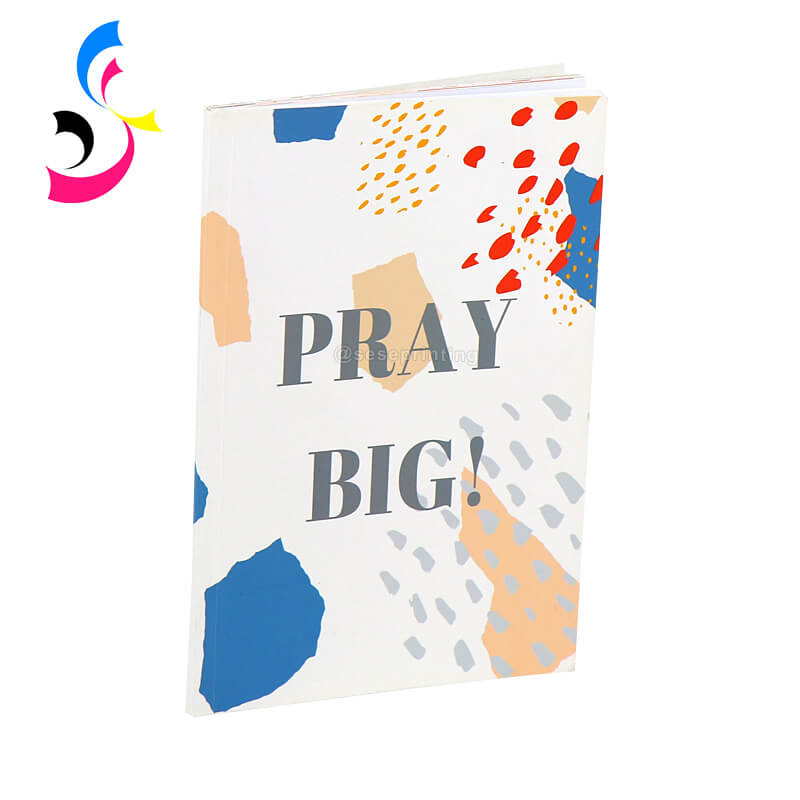
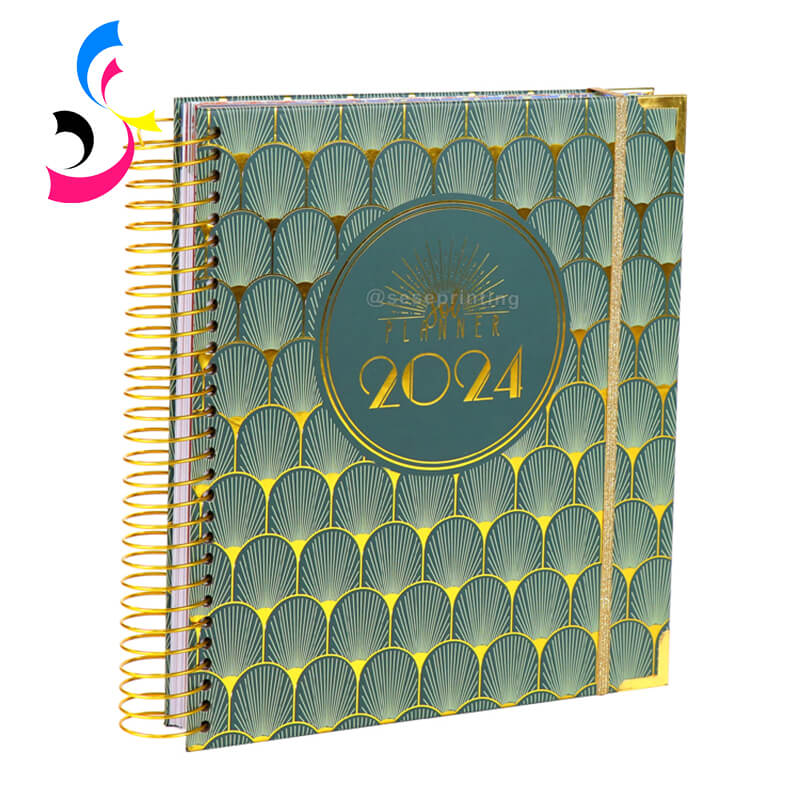
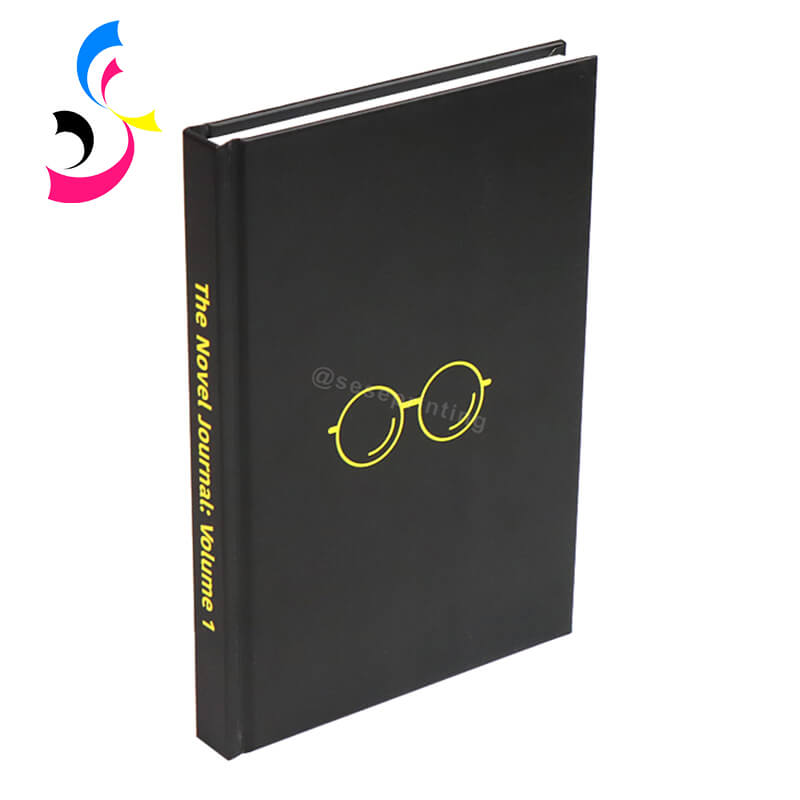
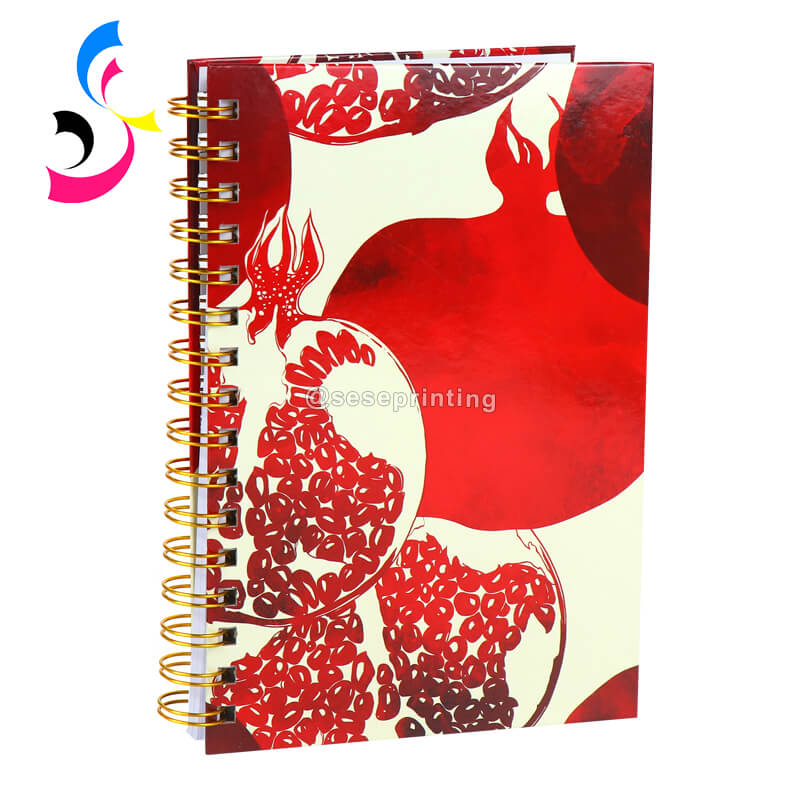
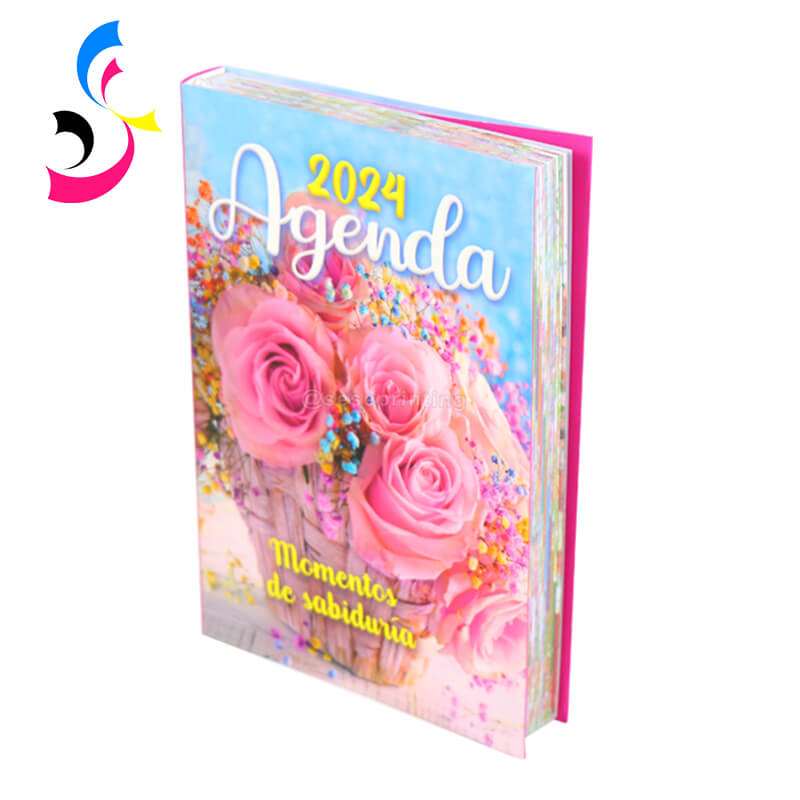

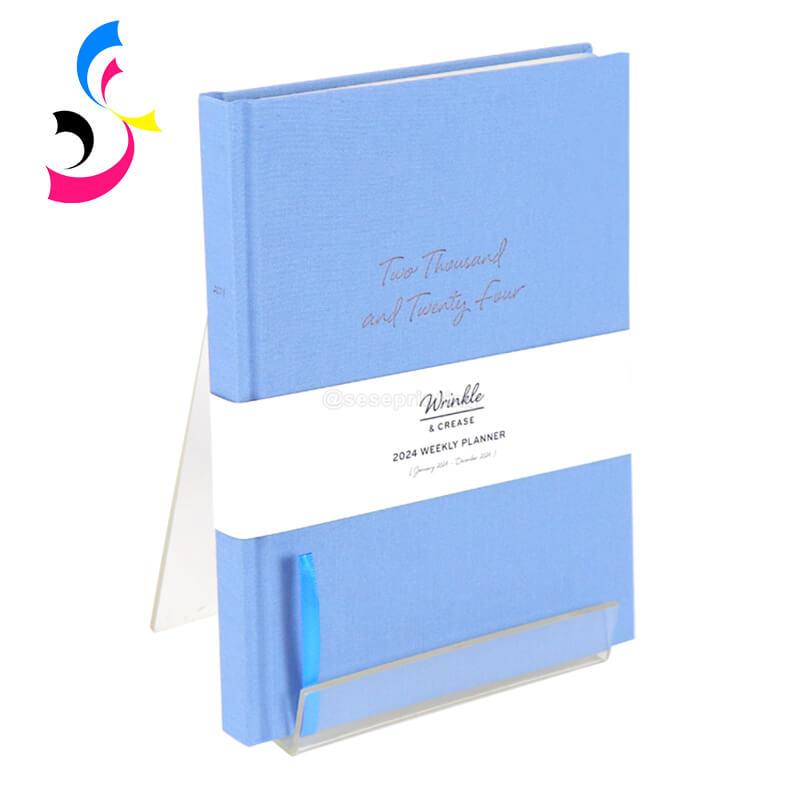
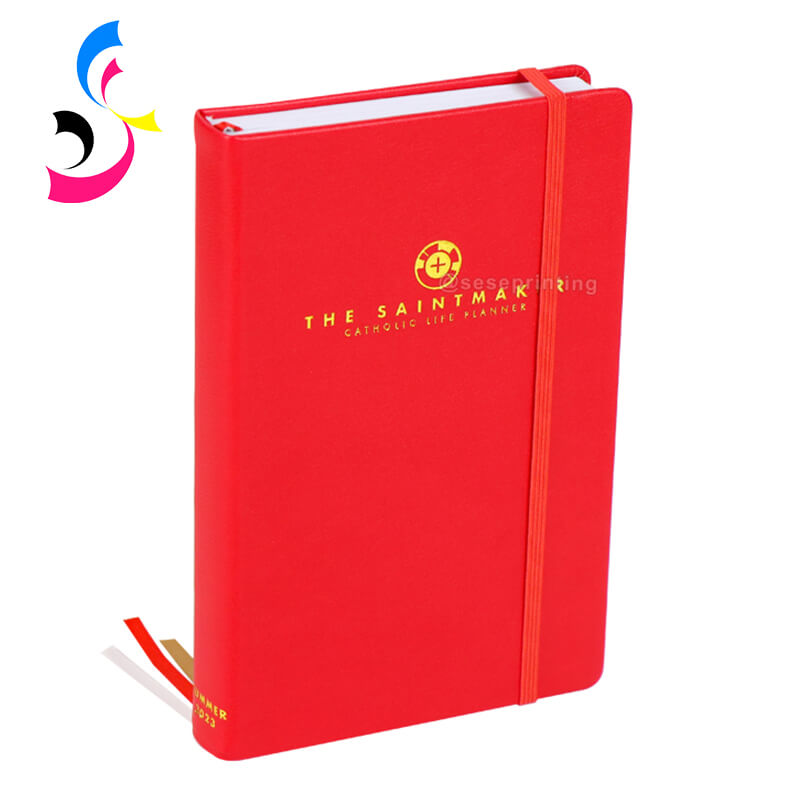
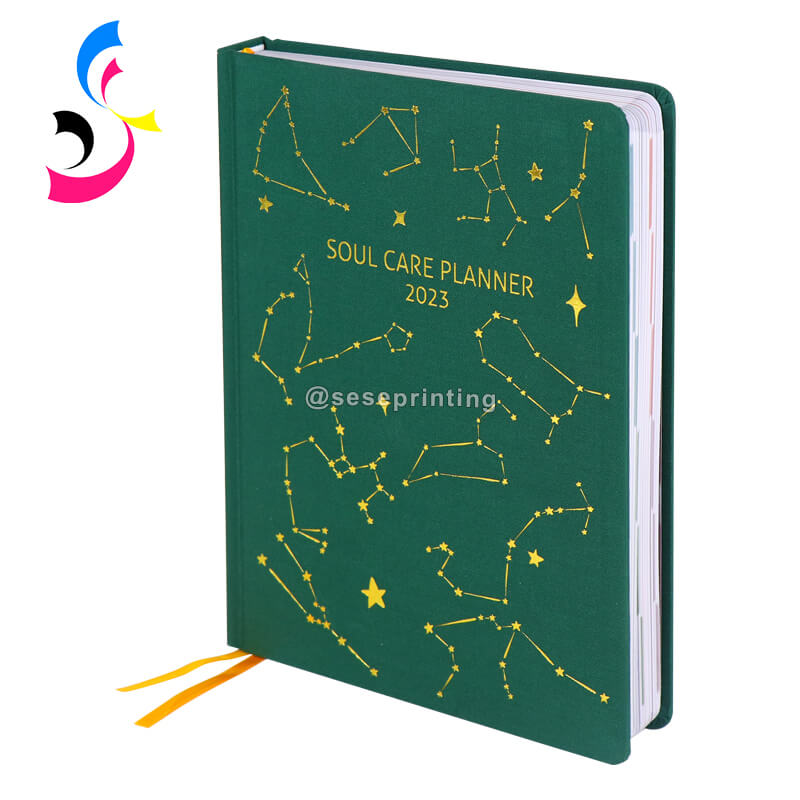
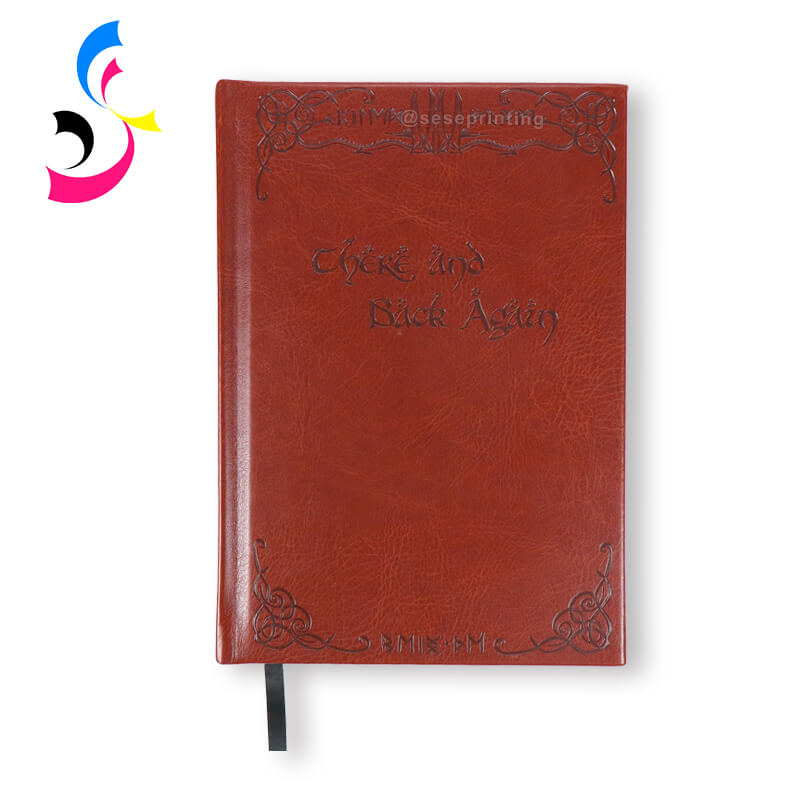
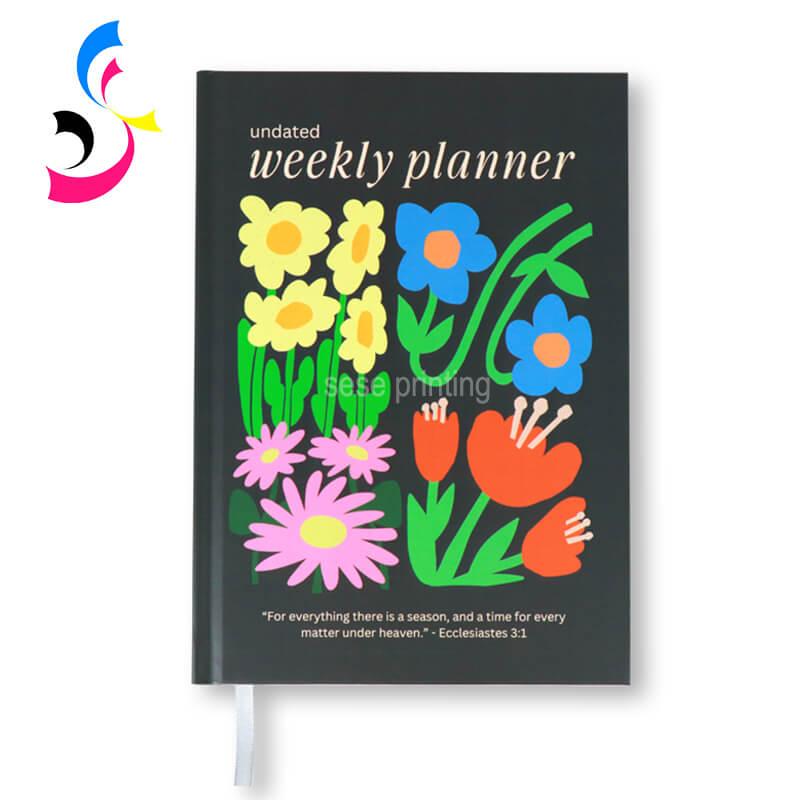
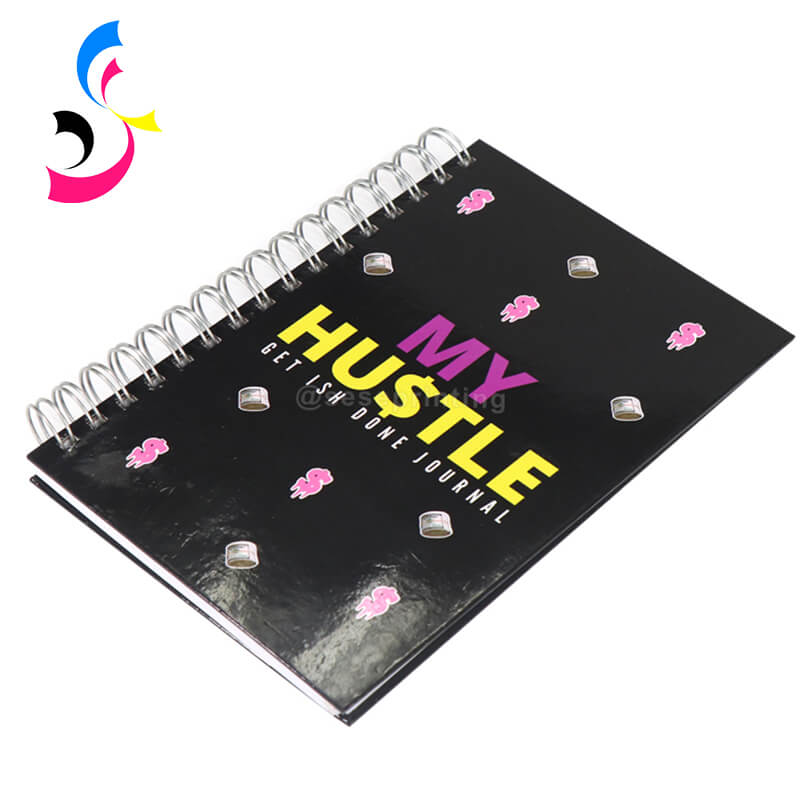
 How Much Does It Cost to Make a Deck of Cards?
How Much Does It Cost to Make a Deck of Cards?  You May Also Like
You May Also Like
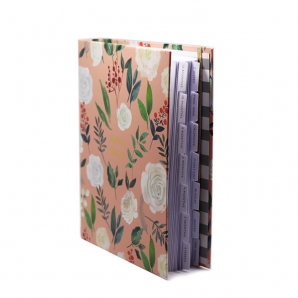

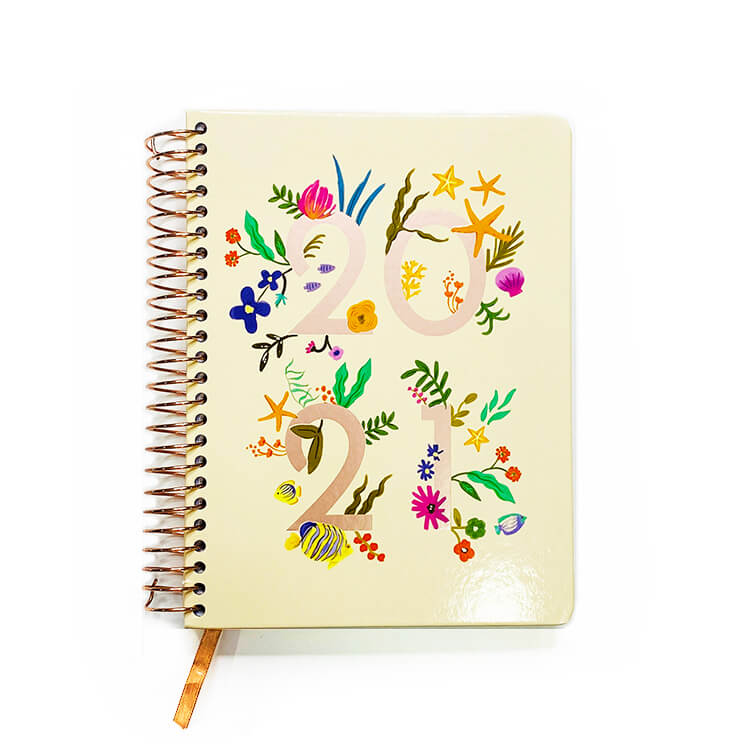

 Tel
Tel
 Email
Email
 Address
Address







